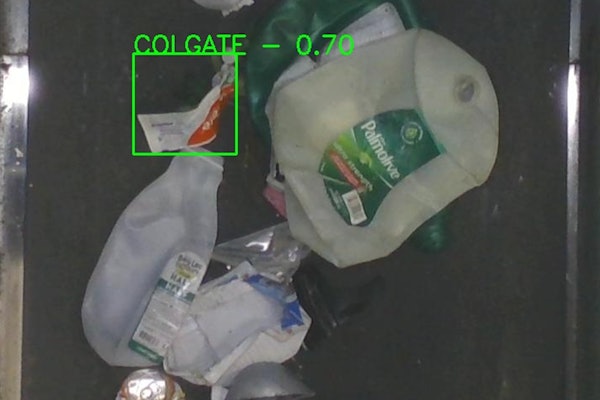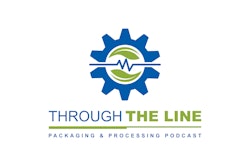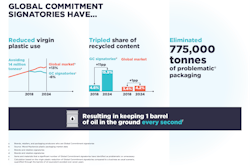At the HDA Distribution Management Conference, Tish Pahl, Principal at Olsson Frank Weeda Terman Matz PC, discussed four FDA DSCSA guidances that were issued on June 3, 2021. And as Pahl said about the following information, “this is the DSCSA advanced seminar.” Those looking for entry level information on DSCSA can click here.
(*The following are highlights from Pahl’s presentation; those looking for more information on the guidances can find it here.)
Identification of Suspect Product and Notification Final Guidance
This guidance provides updates, and finalizes the 2016 guidance, without many changes and should be familiar to most in the industry by this point. Said Pahl, “It provides very helpful information to trading partners on the suspect and illegitimate product systems and processes that you need to have in place in order to comply with section 582 of the act.”
Definitions of Suspect and Illegitimate Product
A revision to a previously issued draft guidance, this guidance updates definitions of suspect and illegitimate product. It updates definitions such as “stolen” to be product that's in your possession or control that you have reason to believe was stolen, or product that you have credible evidence that was stolen. Either of these would trigger suspect and illegitimate product obligations under section 582. Pahl said, “FDA gives examples of ‘stolen’ in the guidance, including product that's taken in a cargo warehouse or carrier theft. It also includes any packaging that's been stolen, and any product that's been removed or taken. An example of this would be a bottle of controlled substance where pills are taken out and replaced with acetaminophen. These would all trigger the suspect, illegitimate product requirements of section 582.”
The guidance also addresses a part of the definition of suspect and illegitimate product, which includes ‘unfit for distribution.’ Expired product, damaged product, and recalled product are not necessarily suspect or illegitimate, but they shouldn't be going to patients. Pahl said one helpful clarification is that product that's awaiting reverse distribution is not going to be considered unfit for distribution for purposes of suspect and illegitimate product obligations, under section 582.
Product Identifier Q and A Final Guidance
This guidance is intended to assist manufacturers and re-packagers in developing standardized formats for the human and machine-readable information that is contained in the product identifier. There is some question about this guidance, and if products using GS1 global standards are aligned with the new FDA recommendations.
The statutory date for the draft guidance of a fixed product identifier - which includes both a 2D data matrix (machine readable barcode) and a human readable interpretation of that barcode on each package, passed (originally November 27th, 2017, with an extension to November 27th, 2018), and this final guidance is now presented two and a half years after the deadline.
The DSCSA requires that the product identifier conform to the standards of an international standards development organization, and the industry aligned GS1 standards for product identifiers. In this guidance the FDA recommends a format for the human readable portion of the product identifier (which can be found in the guidance), and Pahl points out that the final guidance eliminates the flexibility that was in the 2018 draft guidance, which had said that the GTIN could be used in the human readable identifier so long as the NDC was elsewhere. Also, manufacturers and re-packagers should be affixing product identifiers to the smallest individual saleable unit.
Enhanced Drug Distribution Security at the Package Level (EDDS draft guidance)
This draft guidance sets out the FDA's recommendations and interpretations of what's necessary for compliance with the DSCSA requirements that go into effect on November 27th, 2023. Pahl said, “I'm going to caution you that this is a complicated and dense guidance,” and she also added that the comment period on this guidance is open until September 2nd and encourages reaching out to the agency with questions or concerns.
According to the guidance, the enhanced system is the interoperable electronic package level product tracing systems and processes required by section 582-G. Although each trading partner should have its own individual validated systems and processes for managing its product and data, the FDA recommends that the enhanced system enable the interoperable integration of such systems to allow for appropriate access, information sharing, and data security.
The type of data collected, and the data validation policies and standards that govern how data is used, stored, and managed, and how it's integrated within and between organizations and individual systems, is the ‘data architecture’ of this enhanced system. The FDA recommends that the enhanced system use appropriate data security standards and protocols that are developed by a widely recognized international standards development organization, and plans to address these standards for secure interoperable data exchange in a separate guidance.
Pahl added that the draft guidance expects trading partners to maintain the confidentiality of product tracing information. The DSCSA emphasizes confidentiality protection because the disclosure of highly confidential commercial information in TI and TS to improper parties could result in competitive harm from its disclosure.
Establishing those business-to-business connections to enable the seamless transfer of transaction data should take place with an EPCIS file format. EPCIS, or Electronic Product Code Information Services, is a global GS1 Standard for creating and sharing visibility event data to all users, both within and across enterprises.
PACK EXPO Las Vegas and Healthcare Packaging EXPO (Sept. 27-29, Las Vegas Convention Center) will reunite the packaging and processing community. With over 1400 exhibitors, no other event in 2021 will bring together a more comprehensive gathering of suppliers offering new products, technologies and solutions. Attendee registration is now open.




























